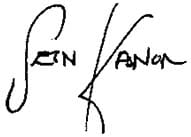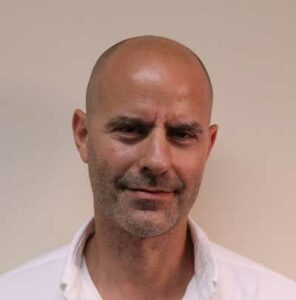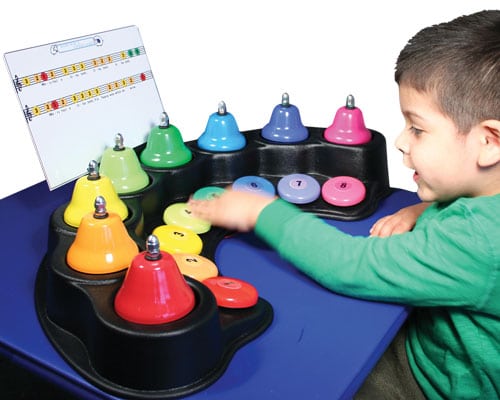Read a good book lately?
As 2021 draws to a close, it’s an opportune time to survey the best disability-related books of the year. Here are our top picks for adults, teens and kids.
For Adults
“We’re Not Broken”
By Eric Michael Garcia, Mariner Books, 304 pages
In his fascinating new book, Eric Michael Garcia, a successful journalist who has autism, uses his own experience to shatter myths and shed light on what it’s like to negotiate the world with an autistic brain. As the book’s title implies, people with autism don’t need to be fixed, they need to be accepted.
“Life After Lockdown: Resetting Perceptions of Autism”
By Rebecca Silva and Ruth Prystash, AAPC Publishing, 328 pages
A timely book if there ever was, “Life after Lockdown” includes advice and reflections from mental health professionals and individuals on the autism spectrum about the transition from peak of the COVID-19 pandemic to the post-pandemic environment. With humor and wisdom, this book tackles topics such as returning to school, entering the work force, and regaining social skills.
“About Us: Essays from the Disabilities Series of the New York Times”
By Peter Catapano and Rosemarie Garland-Thomson, Liveright, 320 pages
This collection of essays, based on the New York Times’ groundbreaking disabilities series, challenges assumptions and stereotypes about people with disabilities by providing a platform where they can share their own stories.
“Capable: A Story of Triumph for Children the World Has Judged as Different”
By Deborah Winking PhD, High Expectations Press, 372 pages
“Capable” is a memoir that chronicles one mother’s experience raising a child with a rare genetic disease. Doctors cautioned Winking to have low expectations for her newborn son, but she defied them. Her story will inspire parents of children with disabilities to have hope and determination without glossing over the pain, fear and frustration that comes with caring for child with a serious disability.
For Children
“We Want to Go to School: The Fight for Disability Rights”
By Maryann Cocca-Leffler and Janine Leffler, Albert Whitman & Company, 32 pages
This picture book, co-written by Cocca-Leffler and her daughter Janine Leffler who was born with cerebral palsy, tells the amazing story of how in 1971, a group of seven children with disabilities and their parents sued the Washington D.C. Board of Education. The landmark case Mills v. Board of Education of the District of Columbia led to laws that changed the lives of millions of children and families by ensuring that all children receive a “free and appropriate public education.” (Preschool – grade 3)
“Unstoppable: Women with Disabilities”
By Helen Wolfe with illustrations by Karen Patkou, Second Story Press, 24 pages
This book tells the unbelievable stories of ten women with disabilities who challenge the status quo in their respective fields. Including women and elite sports, architecture, neurosurgery, and environmental activism, this book have strived to make the world a more accessible place for themselves and so many others. (Ages 9-12)
“Show Me a Sign”
By Ann Clare LeZotte, Scholastic Press, Inc., 293 pages
This historical fiction novel explores issues such as racism and bigotry through its protagonist Mary Lambert, an 11-year-old girl who is deaf. Set in Martha’s Vineyard in 1805, “Show Me a Sign” is the winner of the 2021 Schneider Family Book Award for middle grade readers. (Ages 9-12)
For Young Adults
“This is My Brain in Love”
By I.W. Gregorio, Little Brown and Company, 384 pages
The winner of both this year’s Schneider Family Book Award for teens and the Bank Street best book of the year, “This Is My Brain in Love” is a teenage love story that touches on topics such as mental illness, racism, immigration and self-acceptance. (Ages 12 and up)













